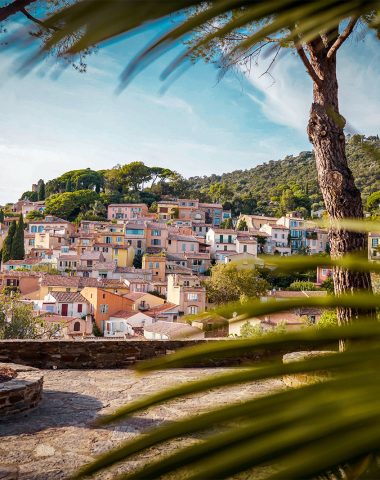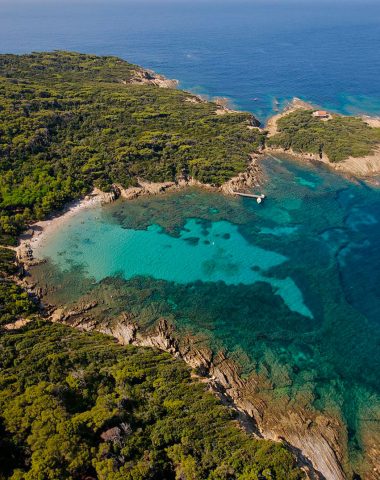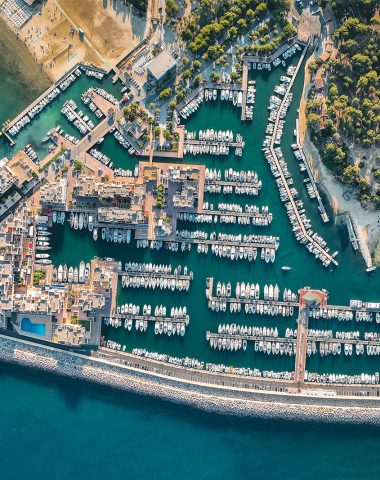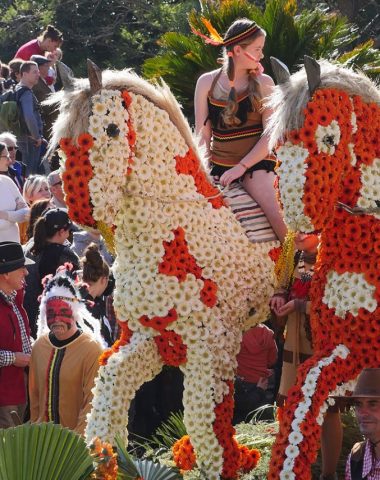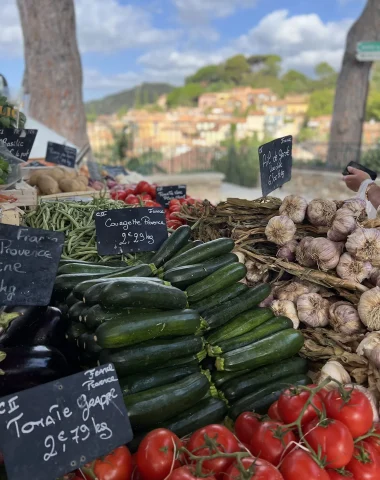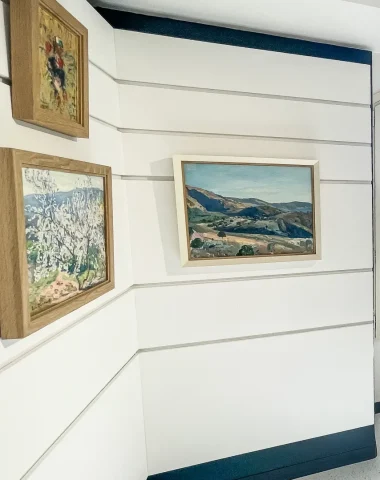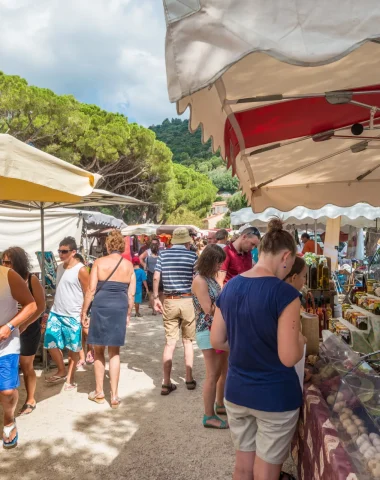Embark on a captivating journey along the Chemin des Sages, a project born from a visionary gathering of the Conseil des Sages, composed of wise individuals aged 60 and above, carefully chosen by local councilors for their wealth of experience. Inspired by the core principles of our Republican motto “Liberté, Égalité, Fraternité,” the council sought to breathe life into these ideals in the town of Bormes.
The Concept Takes Flight
A groundbreaking idea emerged during the council’s meeting—to adorn the town with phrases from renowned men and women, celebrated worldwide for their wisdom and humanism. The goal was to ignite the conscience of both passers-by and tourists, fostering a deeper connection with these universal values. To gain the support of the Mayor and the Council, the decision was made to integrate this pathway with the installation of historical plaques on the town’s iconic monuments. The members of the Conseil des Sages then meticulously designed the route through the medieval village and dedicated themselves to creating the perfect support, texts, images, and symbols for these plaques.

The butterfly, symbolizing joy, beauty, grace, and lightness of being, was chosen as the emblem of the project. Its transformative journey mirrors the essence of personal growth and rebirth. Just like the butterfly, we too experience different stages in life—a profound metamorphosis that allows us to release our past and embrace the beauty of who we’ve become. Symbolizing wisdom, the butterfly becomes a boundless source of inspiration. Beneath its delicate exterior lies an unwavering strength. Despite its ephemeral lifespan of a few days or weeks, the butterfly brings joy and exuberance through its graceful flight, fully savoring every moment that nature presents. Let us, like the butterfly, fearlessly embrace the experiences life offers us, both good and bad, knowing that they are fleeting. After all, our past experiences provide the best preparation for the future, allowing us to tread life’s paths with serenity.
Abbé Pierre’s biography
A life of service to the most disadvantaged: "Brother of the poor, peacemaker".
Abbé Pierre, whose birth name was Marie Joseph Henri Grouès, was born on August 5, 1912, in Lyon, France. His early education was influenced by the Jesuits, and he later joined the Scouts in 1925, a decision that had a lasting impact on his life. During a school trip to Rome in 1927, he had a transformative experience when he visited Assisi and learned about the life of St. Francis. This encounter inspired his religious calling, but he struggled between a contemplative life focused solely on Jesus and an active role in fighting for justice.
At the age of 19, Henri Grouès joined the Capuchin monks, a strict branch of the Franciscan order. He took his vows on January 3, 1937, and was ordained as a priest in August 1938. However, his involvement in the Resistance during World War II led him to assume different identities, including the name “Abbé Pierre,” to evade detection by the Gestapo and the Vichy regime police. He engaged in various clandestine activities, establishing smuggling networks in the Alps and even running an identity card laboratory in his own home.
During his time in the Resistance, Abbé Pierre encountered Lucie Coutaz, a social worker, who became his devoted collaborator for nearly four decades. Together, they co-founded Emmaüs, an organization dedicated to helping the homeless and marginalized individuals. In May 1944, Abbé Pierre‘s superiors ordered him to make a clandestine journey across the Pyrenees to join General de Gaulle in Algiers.
After the war, Abbé Pierre was urged to enter politics, and he served as a member of parliament from 1945 to 1951. In 1947, he rented a large dilapidated house in Neuilly-Plaisance and established the first Emmaüs community. True to his ideals, he also opened an international youth hostel, providing a safe space for young people from different backgrounds who were recovering from the traumas of war.
Abbé Pierre‘s advocacy for the homeless and impoverished gained momentum in 1954 when he launched a powerful appeal highlighting the urgent need for housing. The appeal generated immense public solidarity and led to significant political action in addressing the housing crisis.

Throughout his life, Abbé Pierre traveled extensively, spreading the Emmaüs model and encouraging the formation of similar groups in various countries across Europe, South America, and Asia. In 1963, after surviving a shipwreck, he recognized the need for a unified structure to bring together these diverse groups, leading to the creation of the Mouvement Universel pour une Fédération Mondiale (MUFM), previously known as the M.U.C.M.
Abbé Pierre was known as the “Brother of the poor” and a “provocateur of Peace.” These descriptions encapsulate the ultimate goal of his numerous endeavors worldwide, earning him international recognition. In addition to his involvement with Emmaüs, he founded, led, or participated in numerous federalist organizations at both global and European levels.
Abbé Pierre passed away on January 22, 2007, at the Val-de-Grace hospital in Paris, leaving behind a legacy of compassion, activism, and dedication to improving the lives of the underprivileged.
The Saint-Sébastien chapel
Welcome to the captivating tale of the Saint-Sébastien chapel! Nestled in the enchanting rue de la Plaine des Ânes, this historic gem carries an air of mystery as its true origins remain shrouded in the mists of time. Imagine, if you will, a bygone era when the chapel stood outside the protective embrace of the village ramparts, a humble sentinel far below the towering walls. Its strategic placement near the esteemed Roman road, one of the main gateways to the village, holds profound significance. In the picturesque region of Provence, it is customary to find a chapel dedicated to Saint-Sébastien gracing the entrance of a village, for its location is no mere coincidence. This sacred sanctuary represented the final checkpoint, the last refuge where weary travelers, potentially bearing disease or turmoil, could be halted. In those distant days of old, during devastating epidemics like the dreaded plague or cholera, the names of Saint-Sébastien, Saint-Roch, and Saint-Pons were invoked fervently for protection.
Picture this: the chapel proudly stands at a crossroads, beckoning all who traverse the path leading to the village’s main entrance, known as Lou Portaou (now rue Rompi Cuou). Like countless chapels and tombs that emerged from the 5th century onwards, it is meticulously oriented. Its apse, the gently rounded portion housing the choir, gazes towards the east, following the majestic path of the sun, an awe-inspiring symbol of divine illumination. Dedicated to the veneration of Saint-Sébastien, this hallowed haven held within its hallowed walls the fervent belief of the local populace, who attributed their salvation from calamitous plagues, such as the harrowing Black Death, to the saint’s unwavering protection. Sometime in the midst of the 14th century, when the pestilence’s grip tightened its hold, it is believed that the humble Bormes chapel was erected.
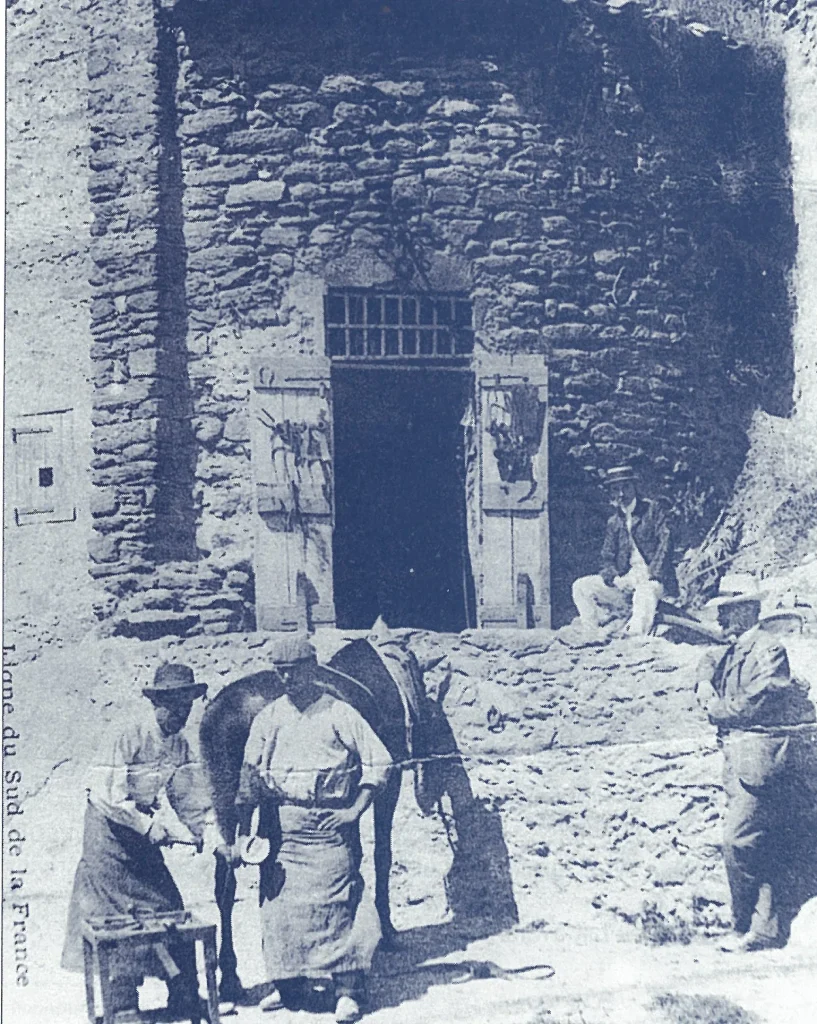
In 1575, a spirited confraternity of Pénitents blancs, their hearts aflame with faith, claimed the chapel as their cherished headquarters. However, as the wheels of time spun their relentless course, a fateful turning point arrived on that memorable April day in 1653. A council deliberation granted permission to transfer the Order’s grand headquarters to the resplendent chapel of Saint-François de Paule, perched atop the village’s heights. This new abode, grander in scale and offering superior accommodations for the numerous brothers of the Bormes brotherhood, presented an irresistible allure. Alas, the once bustling Saint-Sébastien chapel, nestled in the lower reaches of the village, was gradually forsaken, left to bear witness to the passage of ages as it succumbed to neglect and decay.
The year 1720 brought forth a devastating plague, an ominous harbinger of doom that swept ashore from the bustling port of Marseille. To safeguard the populace, vigilant guards took up positions behind a stout barricade, erected against the chapel’s southern wall, to halt the entry of anyone lacking the vital health certificate. Despite the fading glory, a few courageous souls continued to celebrate masses within its timeworn embrace in 1722. Yet, as the relentless hands of time continued their ceaseless march, the chapel’s once resplendent facade crumbled, its tiles repurposed in 1732 to mend the roofs of the neighboring church and presbytery.
The turning point came in 1789, an era of upheaval and transformation, when the chapel’s destiny took an unforeseen twist. It was sold to a private owner, surrendering its sacred aura and embracing a new identity as a private dwelling. Today, only the graceful arc of the apse, the rounded testament to its former glory, still graces the landscape, a poignant reminder of the Saint-Sébastien chapel’s enduring spirit.
The Saint-Sébastien chapel, a witness to the ebb and flow of history, has weathered the tides of time, and though transformed, its legacy lives on. Step into its shadowed past and let the whispers of ancient tales transport you to a bygone age, where faith, strife, and the relentless march of time intertwine in a captivating tapestry of human existence.

To experience the full splendor of the Chemin des Sages and delve deeper into the fascinating stories that unfold along this path, we invite you to explore the Baludik app.
Scan the QR code and embark on an interactive journey filled with games, surprises, and a deeper connection to the rich heritage of Bormes.


